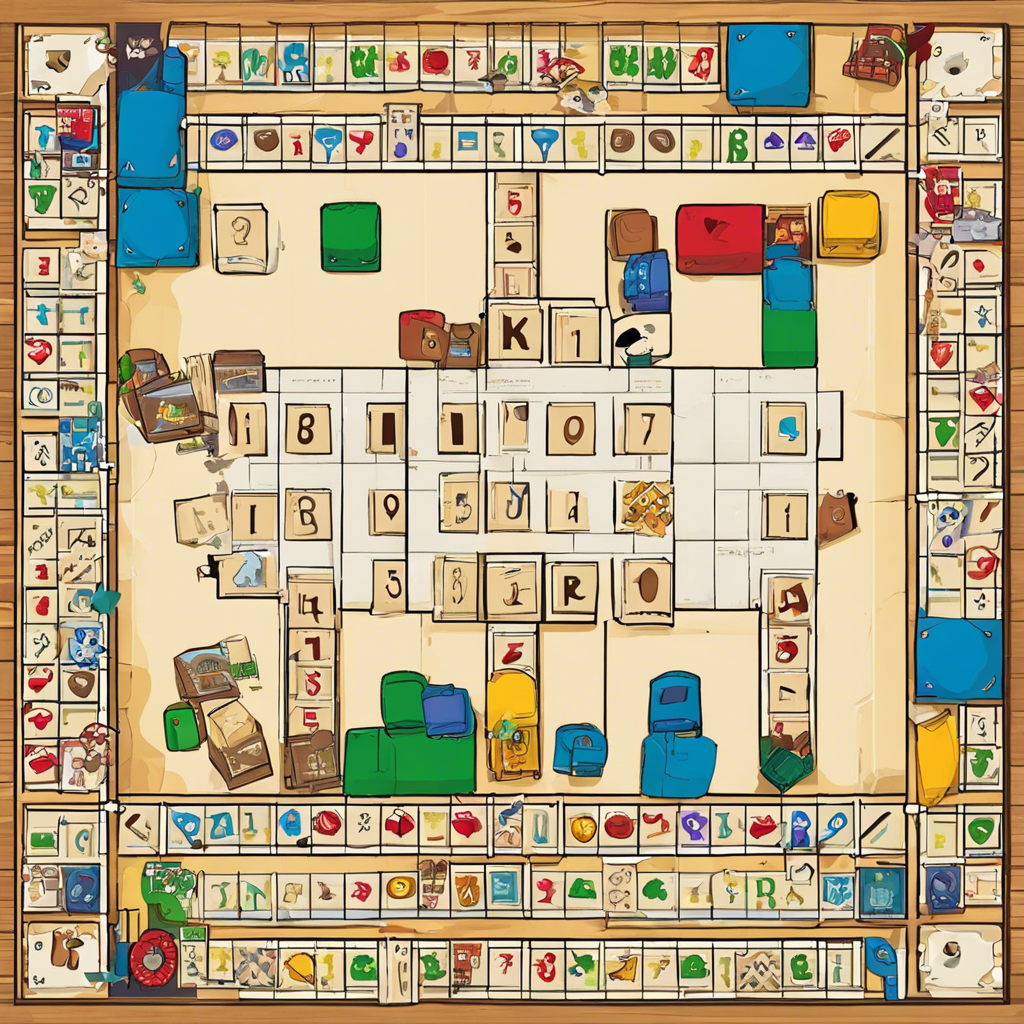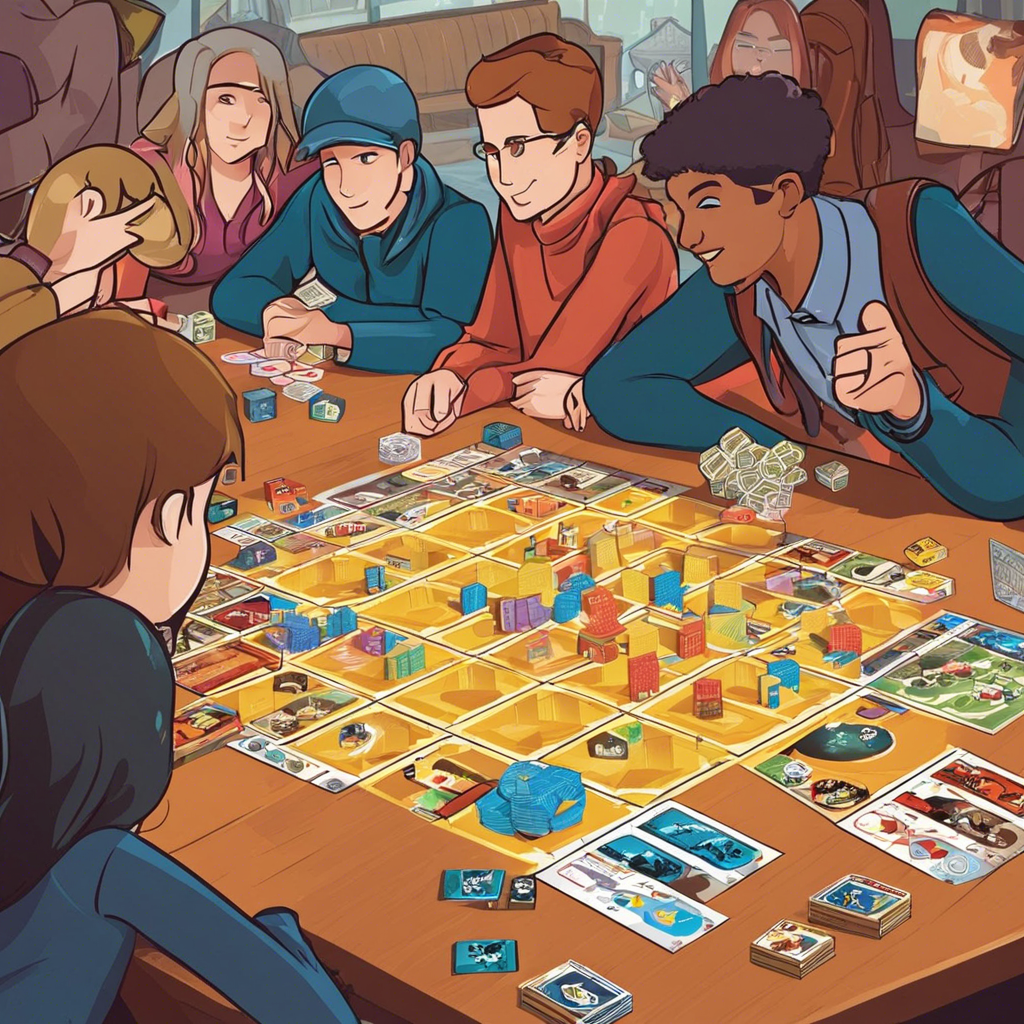Board games have experienced a resurgence in popularity in recent years, with more people than ever seeking out new and exciting tabletop experiences. With this growing interest comes a demand for high-quality reviews that can help players navigate the vast and varied landscape of modern board gaming. But what exactly does it take to review board games like a pro?
First and foremost, a good board game reviewer needs to have a thorough understanding of the hobby and its diverse range of mechanics, themes, and design philosophies. This means playing a lot of games and developing a strong foundation of knowledge and context. It’s important to be able to recognize not just what a game is, but also what it aims to achieve and how it fits into the broader landscape of board gaming.
Another key aspect of reviewing board games is understanding your audience and what they are looking for in a review. Are you writing for casual players who are looking for light, accessible games to play with friends, or are you catering to hardcore gamers who crave deep strategy and complex mechanics? Knowing your audience will help you tailor your reviews to provide the most valuable insights and recommendations.
The ability to be objective and unbiased is also crucial when reviewing board games. This means setting personal preferences aside and evaluating a game on its own merits and within the context of its intended audience. A good reviewer should be able to recognize and appreciate well-designed games, even if they fall outside of their own personal tastes.
Additionally, clear and concise writing is a must. A well-written review should be easy to understand and free of jargon or complicated language. Describe the game’s mechanics and themes accurately and effectively, and provide examples and anecdotes that illustrate your points. It’s also helpful to include a brief overview of the rules, as well as your impressions of the components and production quality.
Visuals are also an important component of a board game review. Including photos of the game components, board, and gameplay in action can help readers get a sense of the game’s aesthetic and overall presentation. If possible, try to showcase the game in a well-lit, styled setting that showcases its components attractively.
It’s also important to provide a fair and balanced perspective by highlighting both the positives and negatives of a game. No game is perfect, and a good review should help readers understand the potential drawbacks or limitations of a game, as well as its strengths. This balanced approach will help your audience make more informed decisions about whether a game is right for them.
Lastly, context and comparisons are invaluable to readers. Providing comparisons to similar games can help readers understand how a particular game fits into the market and whether it offers something new or unique. It can also be helpful to provide your perspective on who the game is best suited for, whether it be families, casual gamers, or enthusiasts.
By following these tips and developing a keen eye for design, an understanding of player experiences, and a strong, engaging writing style, you’ll be well on your way to reviewing board games like a pro. Remember to be critical, fair, and engaging, and always keep your audience in mind. Happy gaming, and happy reviewing!



